Climbing Mount Kilimanjaro is a dream for many adventure enthusiasts, offering an unparalleled experience and breathtaking views. As you plan your climb for 2024, safety is undoubtedly a top concern. Here’s a comprehensive guide to help you understand the safety aspects of climbing Kilimanjaro in 2024.
Kilimanjaro Climbing Safety in 2024
Current Safety Measures
- Enhanced Safety Protocols: In 2024, climbing Mount Kilimanjaro will continue to be safe for well-prepared climbers. Tour operators have enhanced their safety protocols, including thorough pre-climb briefings, regular health checks, and the use of high-quality equipment. These measures ensure that climbers are well-informed and equipped to handle the challenges of the ascent.
- Experienced Guides and Support Teams: Guides and support teams play a crucial role in ensuring climbers’ safety. Reputable tour operators employ experienced guides who are trained in first aid and altitude sickness management. They are well-versed in the mountain’s terrain and can provide valuable advice and support throughout the climb.
Health and Fitness Requirements
- Physical Preparation: Climbing Kilimanjaro is a physically demanding activity. To ensure a safe and successful climb, it’s essential to be in good physical condition. Preparing with regular cardiovascular and strength training exercises, as well as hiking practice, can significantly improve your chances of reaching the summit without health issues.
- Medical Precautions: Before embarking on the climb, a medical check-up is advisable to ensure you are fit for high-altitude trekking. Vaccinations and prophylactic measures against illnesses like malaria are recommended. It’s also essential to carry a comprehensive medical kit, including medications for common ailments like headaches and digestive issues.
Altitude Sickness Awareness
- Understanding Altitude Sickness: Altitude sickness is one of the most significant risks associated with climbing Kilimanjaro. Symptoms can range from mild headaches and nausea to severe, life-threatening conditions. Being aware of the symptoms and understanding how to manage them is crucial for a safe climb.
- Acclimatization Strategies: Effective acclimatization strategies are essential to minimize the risk of altitude sickness. Climbing slowly, taking rest days, and following the “climb high, sleep low” principle can help your body adjust to the altitude. Listening to your guide’s advice and not pushing beyond your limits is vital for acclimatization.
Weather Conditions
- Weather Variability: The weather on Kilimanjaro can be unpredictable, with varying conditions at different altitudes. Being prepared for sudden changes in weather, including rain, wind, and temperature drops, is crucial for safety. Packing appropriate clothing and gear for all weather conditions is essential.
- Best Time to Climb: The safest times to climb Kilimanjaro are during the dry seasons: from January to mid-March and from June to October. These periods offer more stable weather, reducing the risks associated with adverse conditions. Planning your climb during these months can enhance your safety and overall experience.
Choosing a Reputable Tour Operator
- Importance of a Reliable Operator: Selecting a reputable tour operator is one of the most critical decisions for a safe climb. Experienced operators provide well-trained guides, quality equipment, and robust support systems. They prioritize your safety and comfort, ensuring a well-organized and secure climbing experience.
- Research and Reviews: Conduct thorough research and read reviews to choose a reliable operator. Look for operators with positive feedback, a good safety record, and comprehensive support services. Investing in a reputable tour operator can make a significant difference in your safety and enjoyment.
Emergency Response Preparedness
- Emergency Protocols: Knowing the emergency protocols in place is vital for your safety. Reputable operators have well-defined emergency response plans, including evacuation procedures and access to medical assistance. Familiarize yourself with these protocols before your climb.
- Communication and Support: Effective communication systems, such as radios and satellite phones, ensure that guides can contact support teams and emergency services if needed. Reliable communication is crucial for timely assistance in case of emergencies.
Climbing Mount Kilimanjaro in 2024 is safe for well-prepared climbers who choose reputable tour operators and follow safety guidelines. By understanding the health requirements, acclimatization strategies, and weather conditions, you can minimize risks and enhance your climbing experience. Remember, thorough preparation, choosing the right operator, and staying aware of safety protocols are key to a successful and safe Kilimanjaro climb.
FAQs
1. What is the best time of year to climb Kilimanjaro?
The best times to climb Kilimanjaro are during the dry seasons: from January to mid-March and from June to October when weather conditions are more stable.
2. How can I prevent altitude sickness on Kilimanjaro?
Prevent altitude sickness by climbing slowly, taking rest days, and following the “climb high, sleep low” principle. Listen to your guide and stay hydrated.
3. What physical preparations are necessary for climbing Kilimanjaro?
Regular cardiovascular and strength training exercises, along with hiking practice, are essential to prepare for the physical demands of the climb.
4. How important is choosing a reputable tour operator?
Choosing a reputable tour operator is crucial for safety. Experienced operators provide trained guides, quality equipment, and robust support systems.
5. What should I pack for a Kilimanjaro climb?
Pack appropriate clothing for varying weather conditions, a comprehensive medical kit, and essential climbing gear. Consult your tour operator for a detailed packing list.
For an epic Kilimanjaro adventure, explore the following routes on our site:
Visit our page for detailed information and tips to choose the best route and make the most of your Kilimanjaro climbing experience.

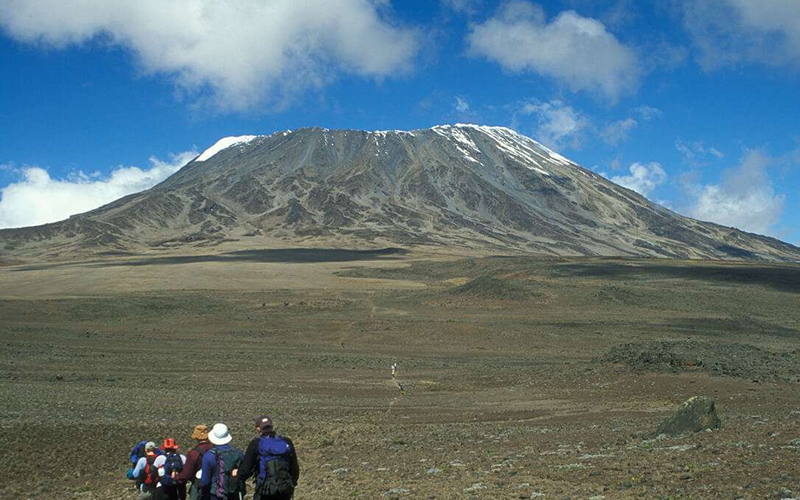
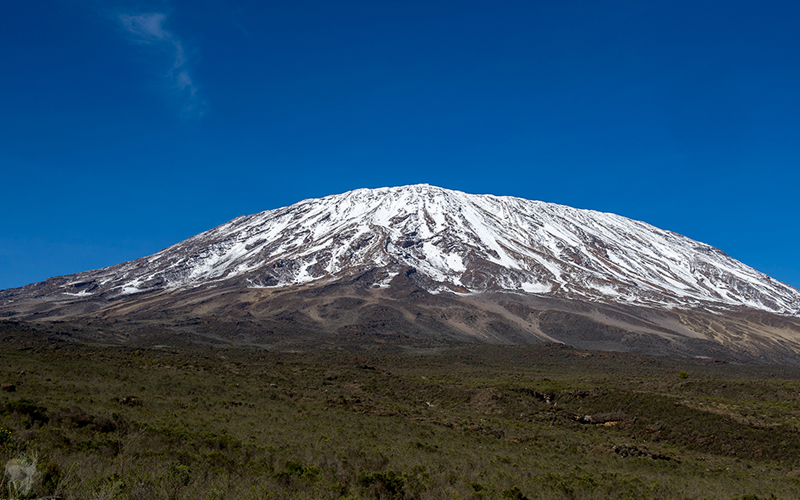
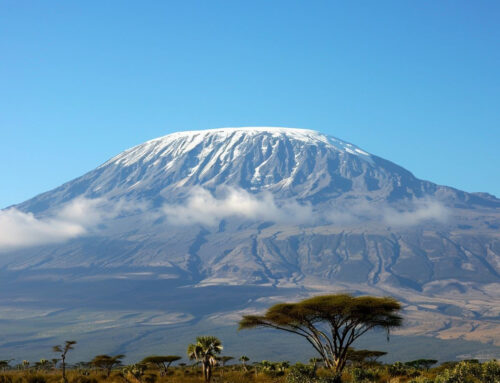
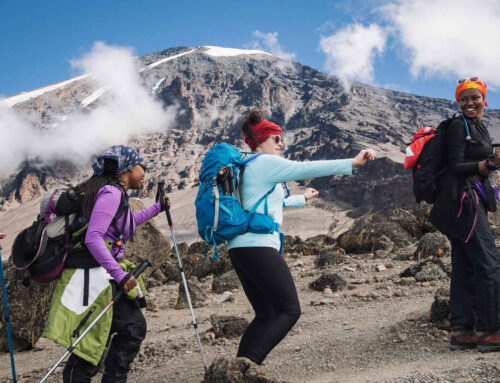
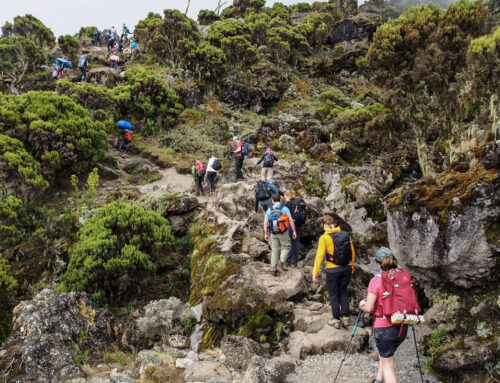

Leave A Comment